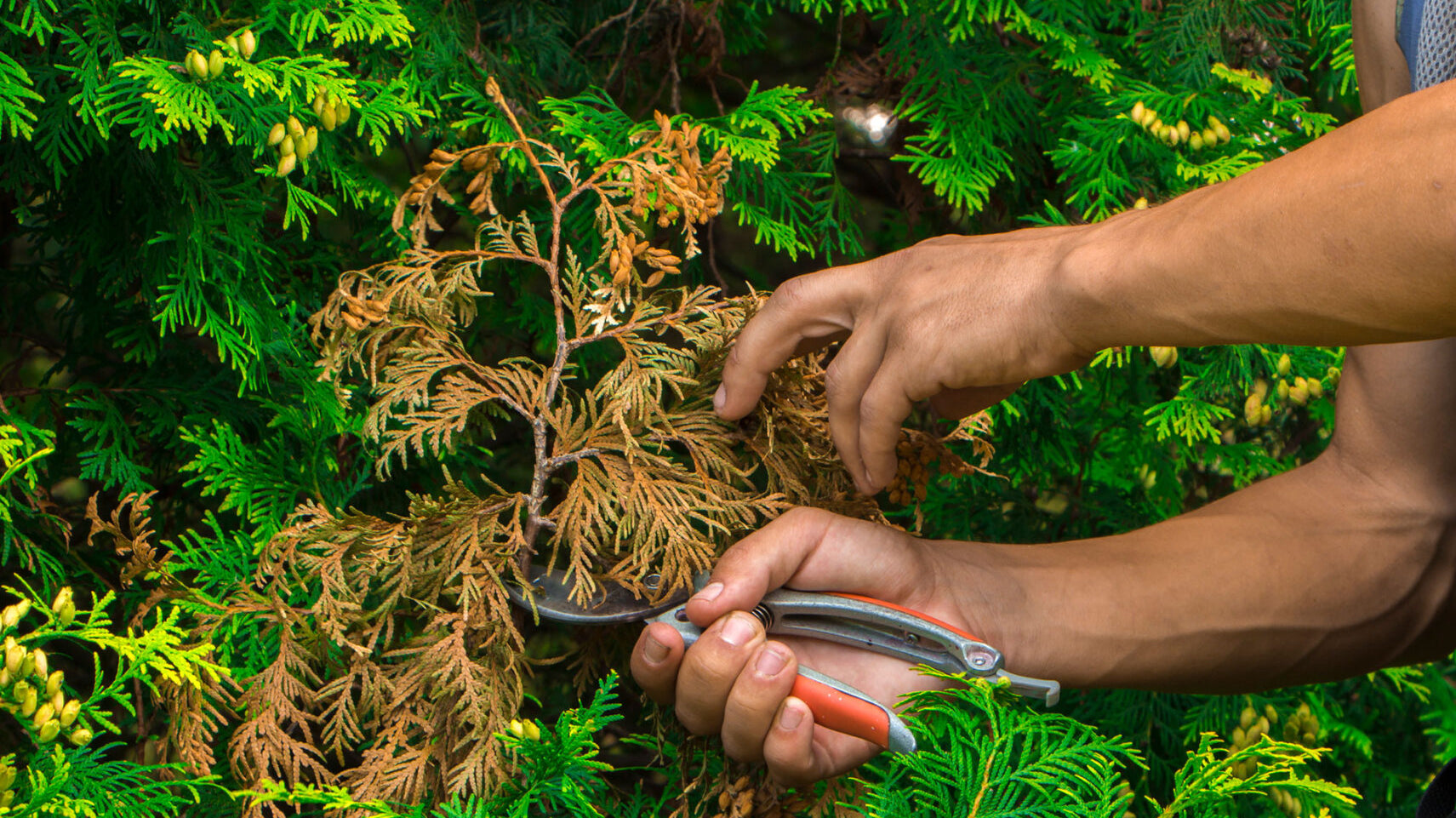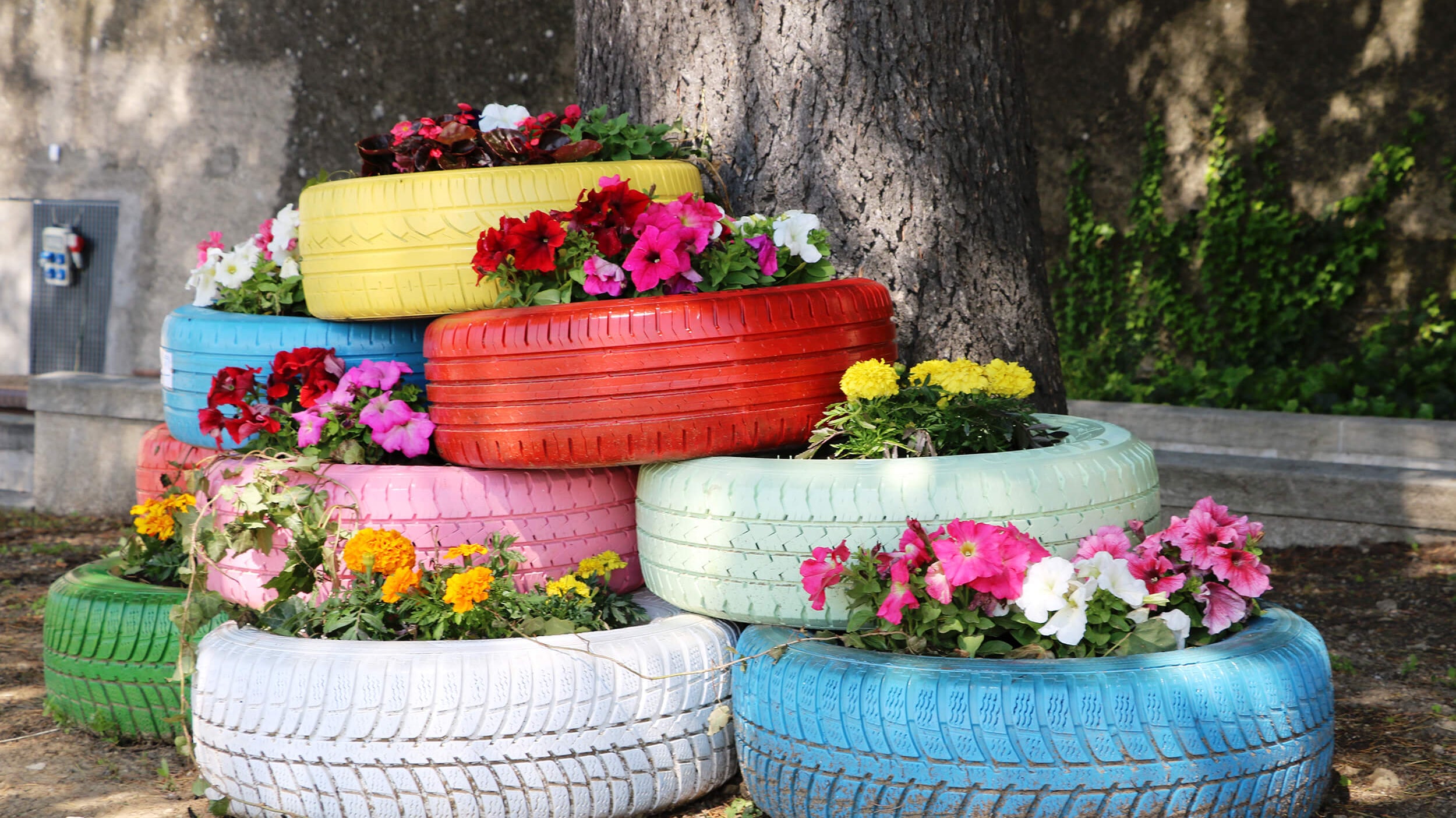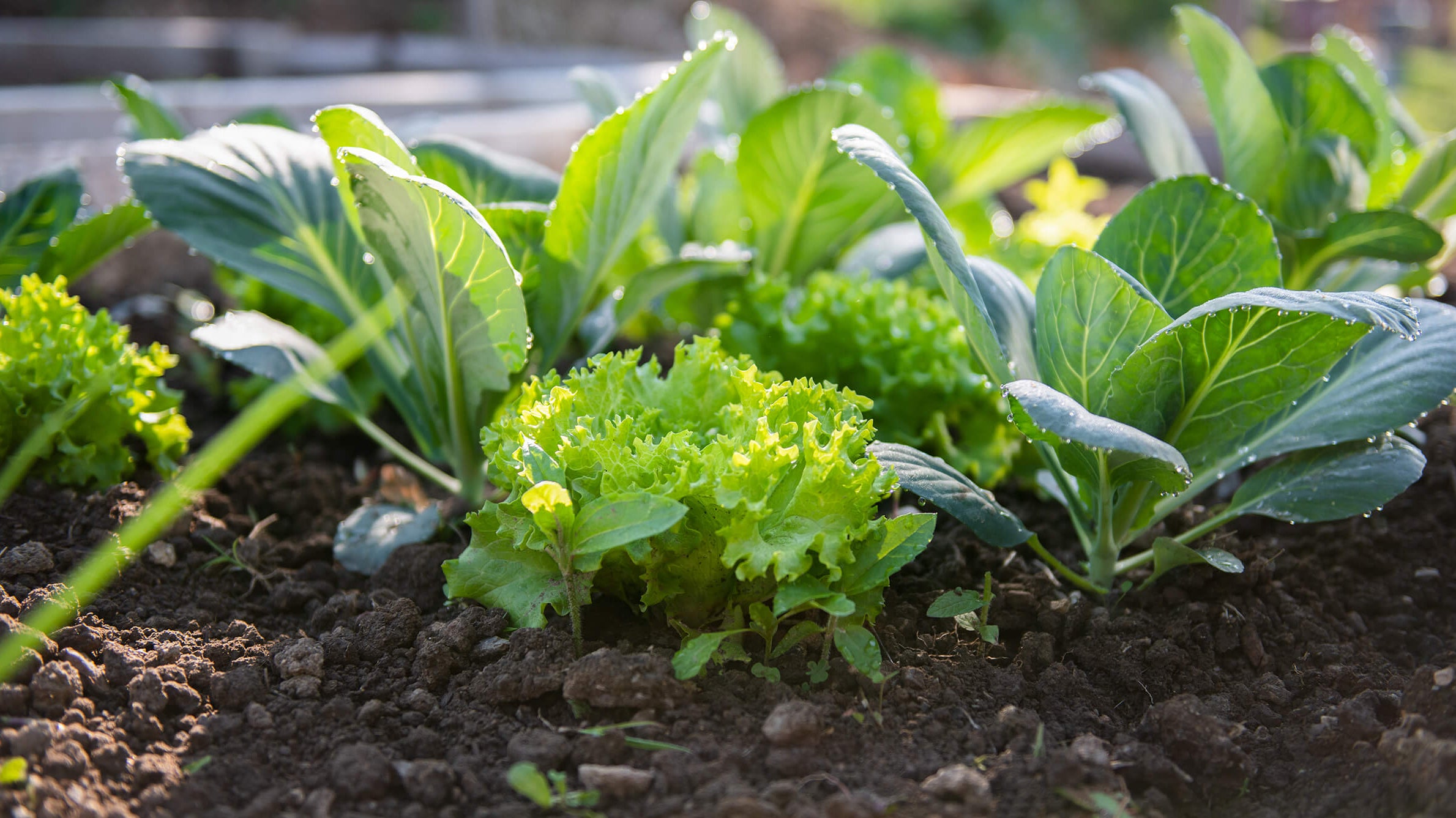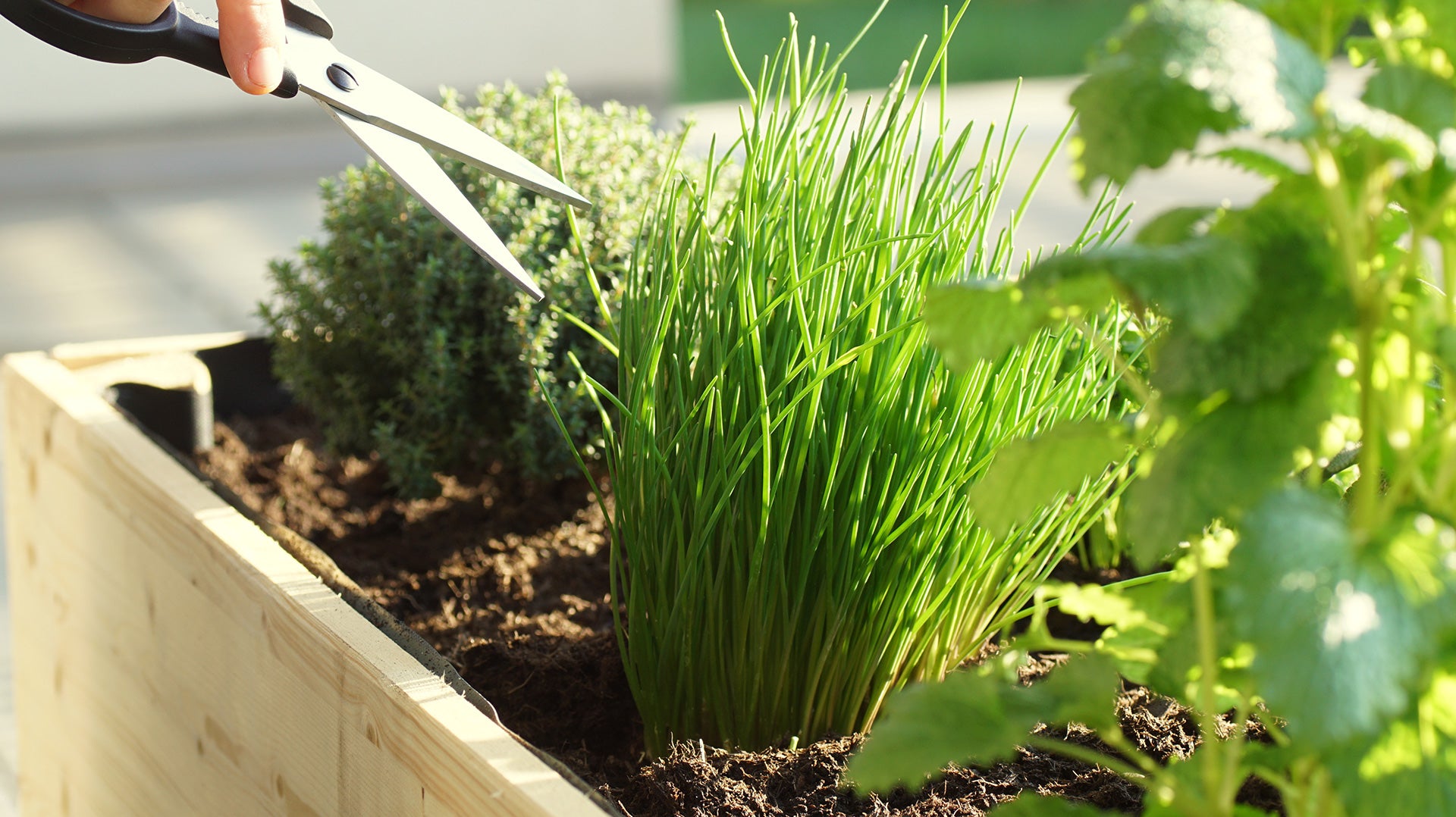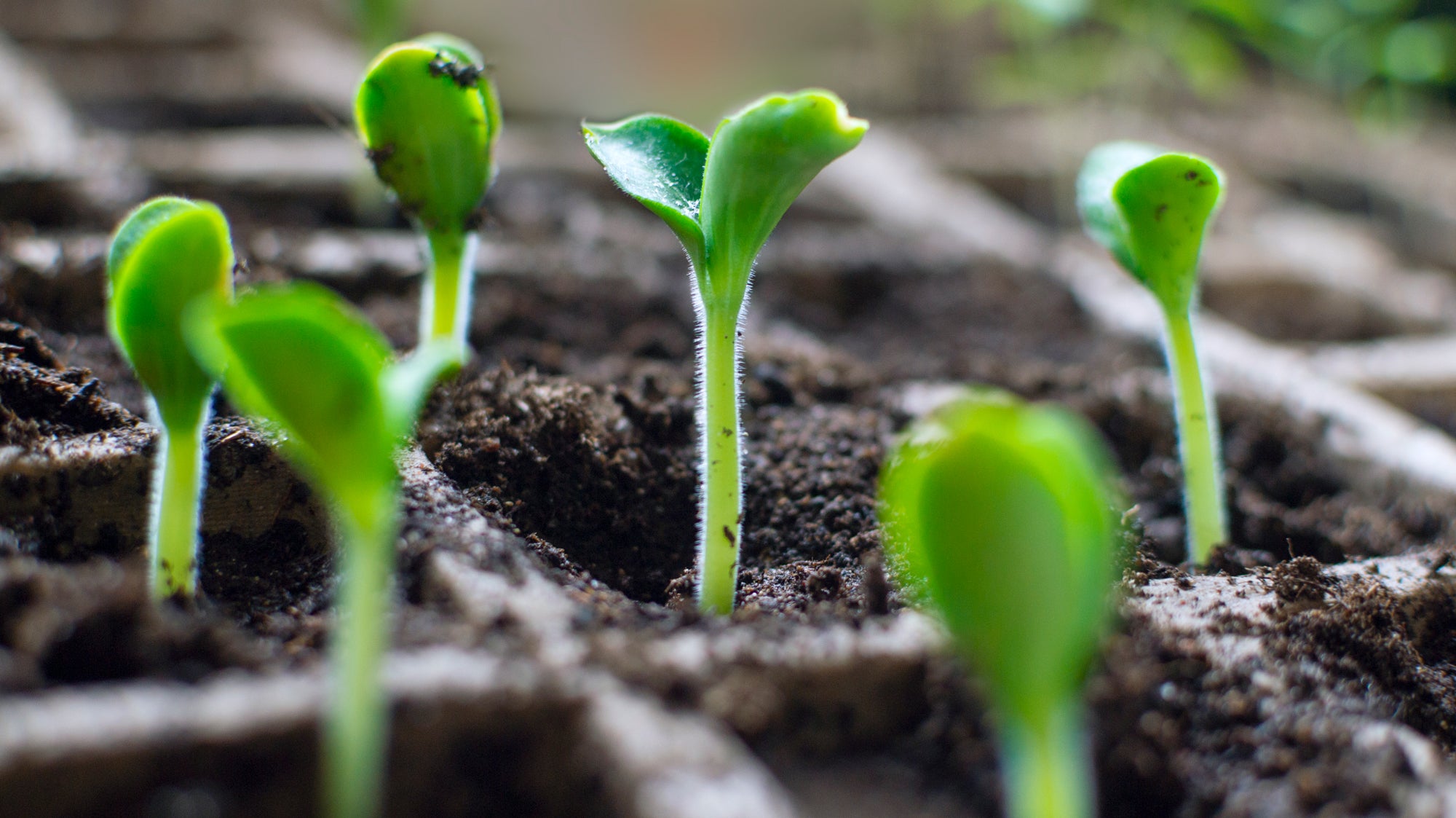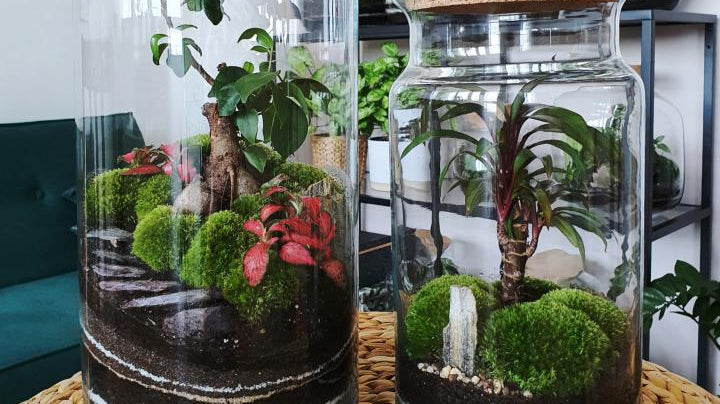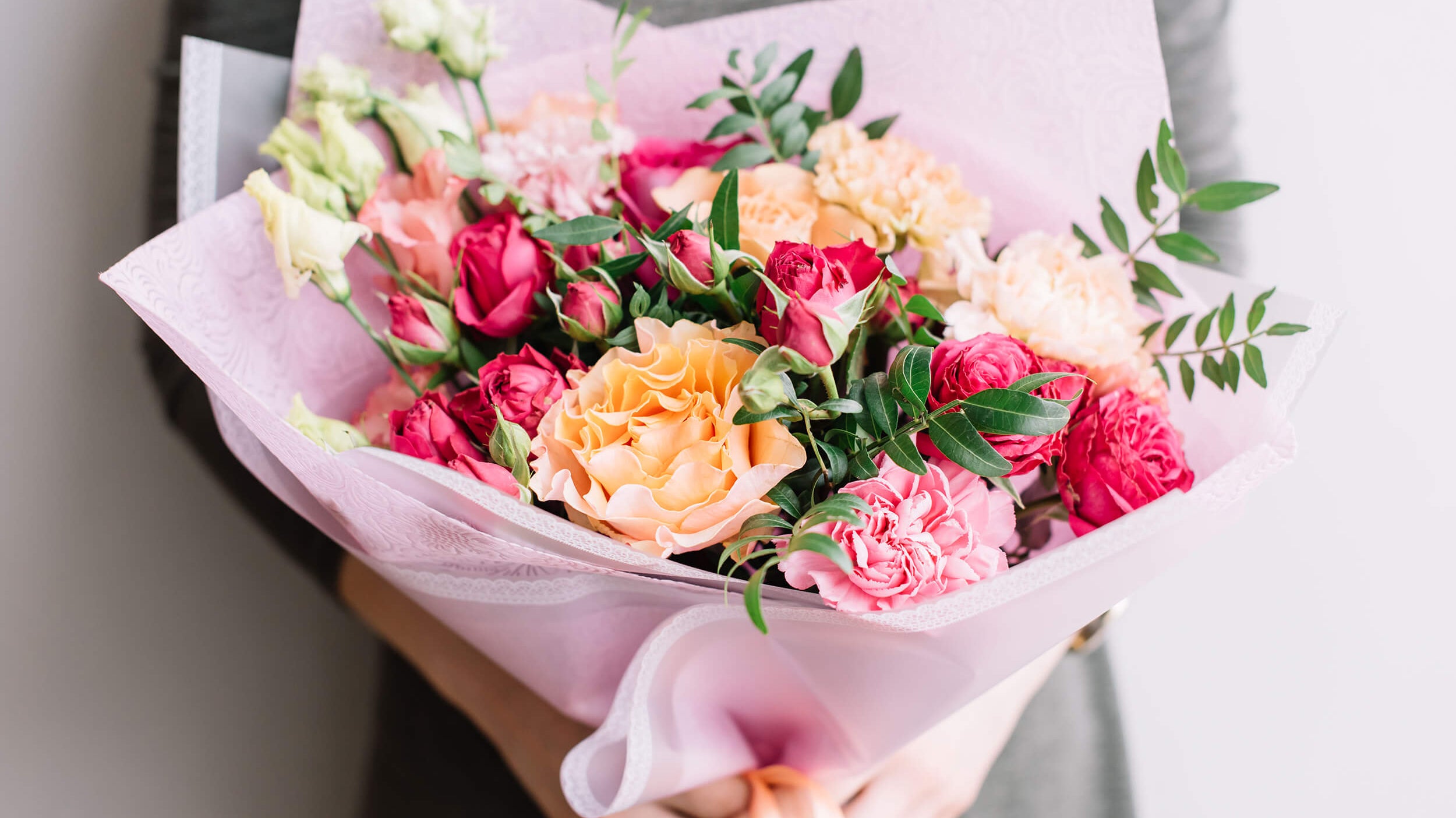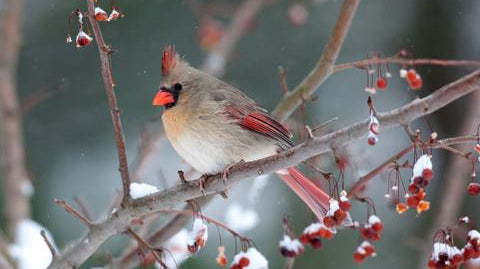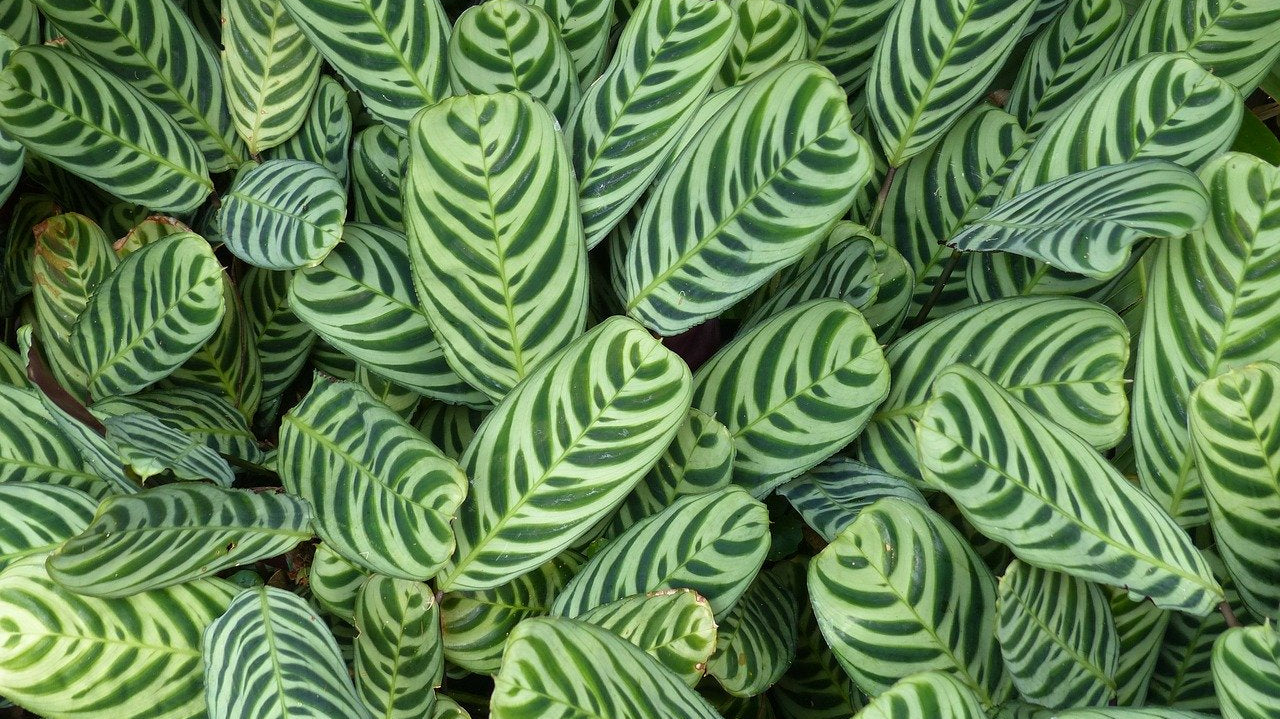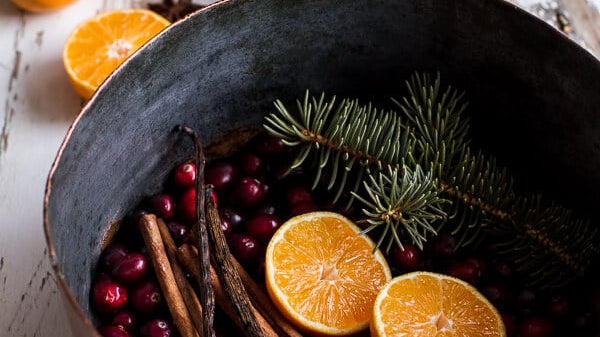Ideas & How To's
Pruning Shrubs & Evergreens
Pruning is an essential part of gardening. Correctly pruned trees, shrubs and evergreens will be superior in appearance, vigour and in flowering to neglected plants.
How do you do that? Which branches do you trim or cut off completely ? How much you do prune it back? Continue reading to find out!
Container Gardening Simplified
Home Grown: Cold Hardy Crops
5 Easy Herbs to Grow at Home!
Ready for Seed Starting?
Create Your Own Terrific Terrarium
10 Tips for Arrangements
Inviting Birds to Your Garden
All trees and shrubs will provide something of value to birds nesting sites, insect food, shelter from weather and predators.
There are, without doubt, birds in your garden now. If you wish to encourage more birds and more varieties of birds around your home, you can do so by providing a variety of trees and shrubs, particularly those that provide food in the form of fruit, berries, nuts or seeds.
Tropical Foliage Plants
Rekindle the Magic of the Holidays (Hint: It’s Not About the Gifts)
It’s easy to get wrapped up in our various to do lists during the holiday season. There are gifts to buy, dinners to plan, cookies to bake, and homes to decorate: the list can feel endless. All the hustle and bustle can leave us feeling lost and a little overwhelmed.
This year, why not take a note from Charles Dickens and rekindle the true spirit of the holidays?
Make Your House Smell Like Christmas
Bottle up Christmas by making a festive simmer pot! This aromatic mixture is a great way to fill your home with warm and natural scents. This recipe is simple and can be easily changed to match your preferences! Perfect for adding a subtle scent throughout your space. These are also great gifts for friends.
Decorate A Christmas Tree On A Budget
As Christmas draws near, it is time to start thinking about decorating the main focal point inside your home… your Christmas tree! There are so many different styles, themes, colour combinations, the decorations and possibilities are endless.

